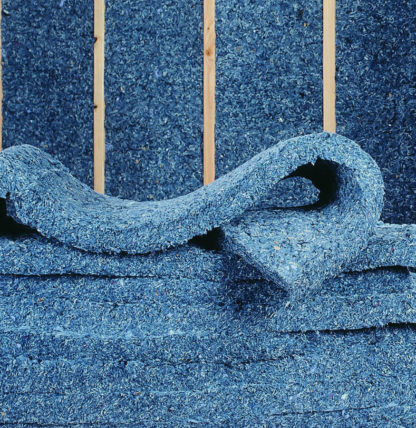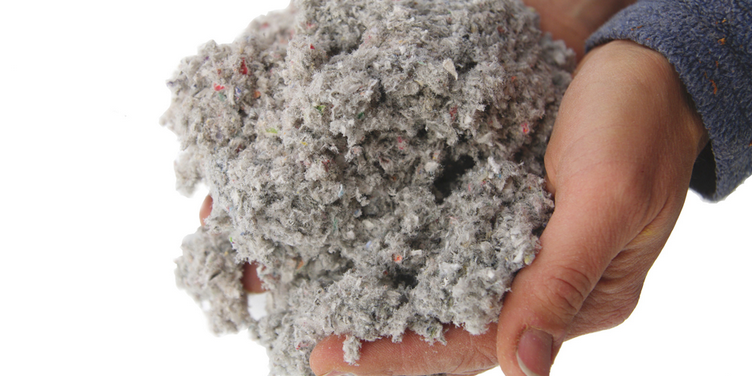
Poor insulation can waste up to 20% of your entire home energy expenditure. This results in high bills and also an uncomfortable environment to live in.
An insulation upgrade is a great way to save money on both heating and cooling costs. There are several different types of insulation that you can choose from and each one comes with its own pros and cons.
The following are some great options to consider for your new home insulation.
Batts and Blankets
This is the most common type of insulation in US homes and for good reason. It is very easy to set up and provides high energy efficiency, including:
- Convenient rolls that are easy to set up and transport
- The material can be easily cut and adjusted for different wall shapes, pipes, wires, and electrical outlets
- Insulates homes all year round
- Improves the efficiency of HVAC systems
- Reduces noise between rooms and from the outside

Fiberglass Batts and Blankets
A versatile material that is made with standard thickness and width to suit spaces between joists, rafters, and studs. Also comes in foil- and paper-faced versions for easy installation.
However, it should be installed by a professional as it is not suitable for a DIY project because:
- Requires protective clothing and proper tools to install
- Must be cut by hand to fit into tight spaces
- Compresses easily if not handled properly, which reduces its insulating properties

Rockwool Batts and Blankets
Rockwool insulation is more fire-resistant than fiberglass. It is easier to install because it can spring into shape against studs.
- Staple-free and quick installation
- Best for walls, floors, and ceilings
- Retains moisture so it must be installed by a professional to avoid the possibility of mold

Cotton Batts (aka “Blue Jeans”)
Cotton batts don’t have an itchy layer of material, making them easier and safer to install. They come in easy-to-handle rolls, which are simple to cut and shape around pipes.
Some other pros include:
- Superior resistance to heat flow
- Cotton is a safe and natural material to work with
- Environmentally healthy and easy to recycle

Loose-Fill Fiberglass
This type of insulation is very lightweight, making it especially useful for attics and drywall ceilings. However, it must be installed by a professional because it’s very fluffy and must be properly applied so as not to lose its effectiveness at cold temperatures.
- Can be installed in any roof shape
- No seams thus can provide better insulation by up to 22%
- Contractors are very familiar with this material

Loose-Fill Cellulose
The best feature of loose-fill cellulose insulation is that it is effective at all temperatures and performs even better when the air outside becomes colder.
However, there are a few things to consider:
- The ceiling must have ⅝-inch drywall or framing in order to be installed
- Best for hard to reach places, ceilings, and attic floors

All Insulation Works Best In the Hands of Professionals
Neeeco’s team of professional contractors knows how to install any kind of insulation safely and with the highest quality of work, ensuring that any type of insulation will work at its highest potential.
Even better, we are a proud partner of the Mass Save® program, which helps to deliver a huge range of no-cost incentives that will increase your energy savings and reduce your bills. You may even be eligible for 75% to 100% off approved insulation!
Call (781) 514-5882 or contact us to get started with a no-cost Mass Save® home energy assessment.
